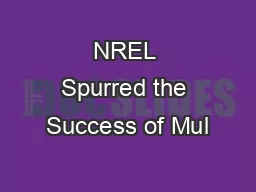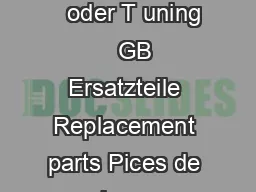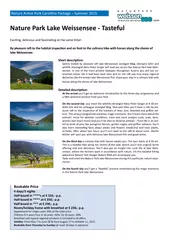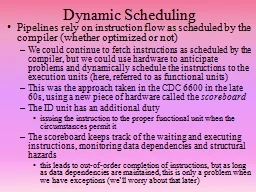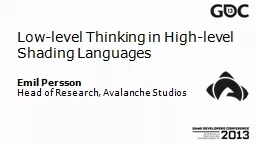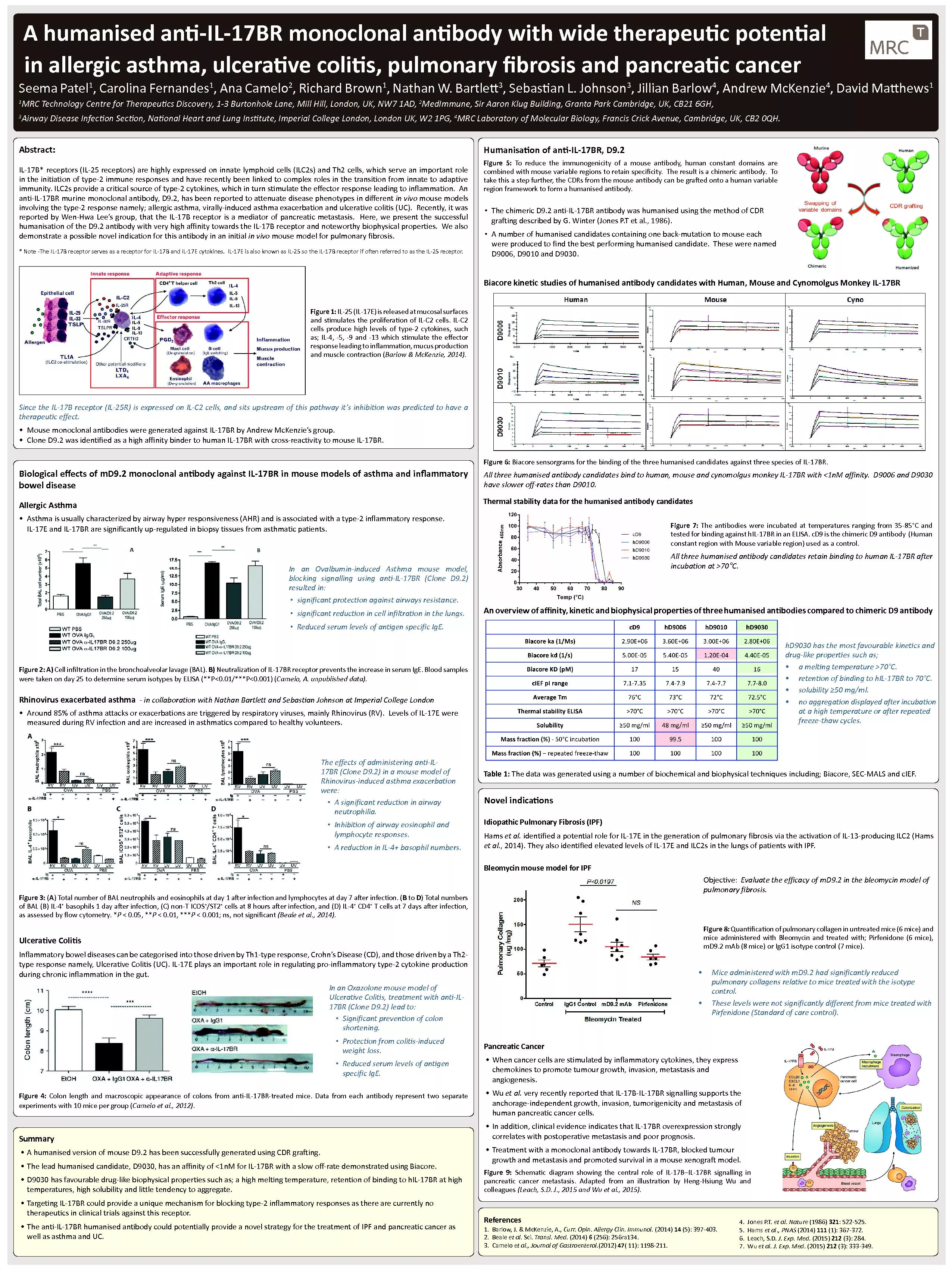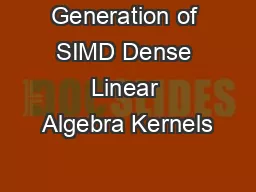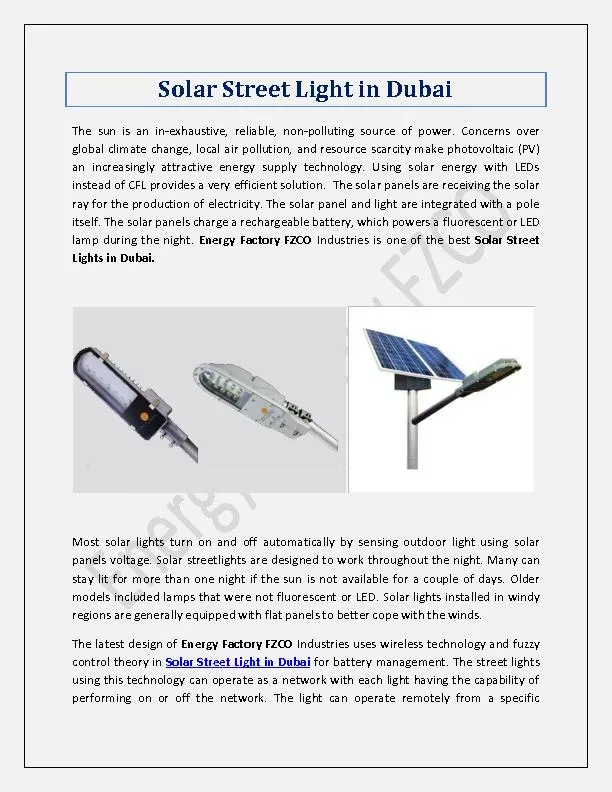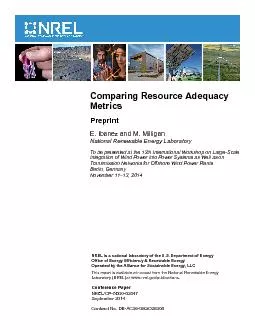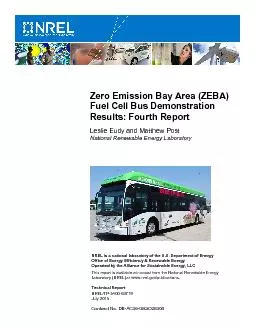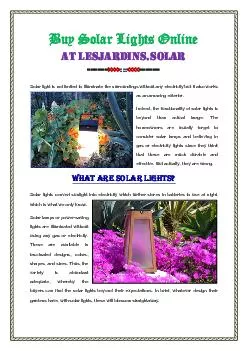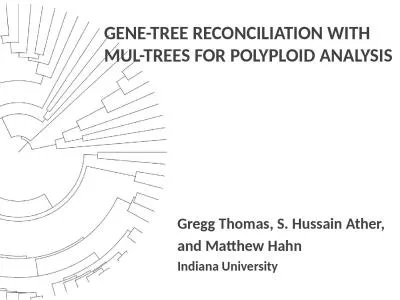PDF-NREL Spurred the Success of Mul�junc�on Solar Ce
Author : tatyana-admore | Published Date : 2015-10-30
Many scienx00740069sts once believed that highquality gallium indium phosphide GaInP al loys could not be grown for use as semiconductors because the alloys would
Presentation Embed Code
Download Presentation
Download Presentation The PPT/PDF document "NREL Spurred the Success of Mul琀..." is the property of its rightful owner. Permission is granted to download and print the materials on this website for personal, non-commercial use only, and to display it on your personal computer provided you do not modify the materials and that you retain all copyright notices contained in the materials. By downloading content from our website, you accept the terms of this agreement.
NREL Spurred the Success of Mul�junc�on Solar Ce: Transcript
Download Rules Of Document
"NREL Spurred the Success of Mul�junc�on Solar Ce"The content belongs to its owner. You may download and print it for personal use, without modification, and keep all copyright notices. By downloading, you agree to these terms.
Related Documents

